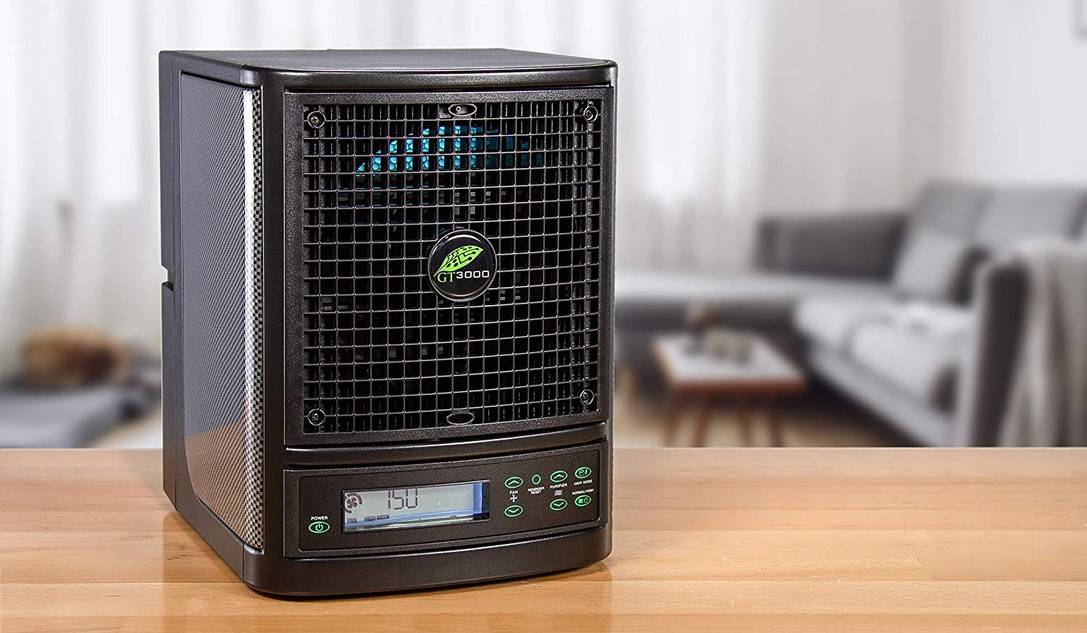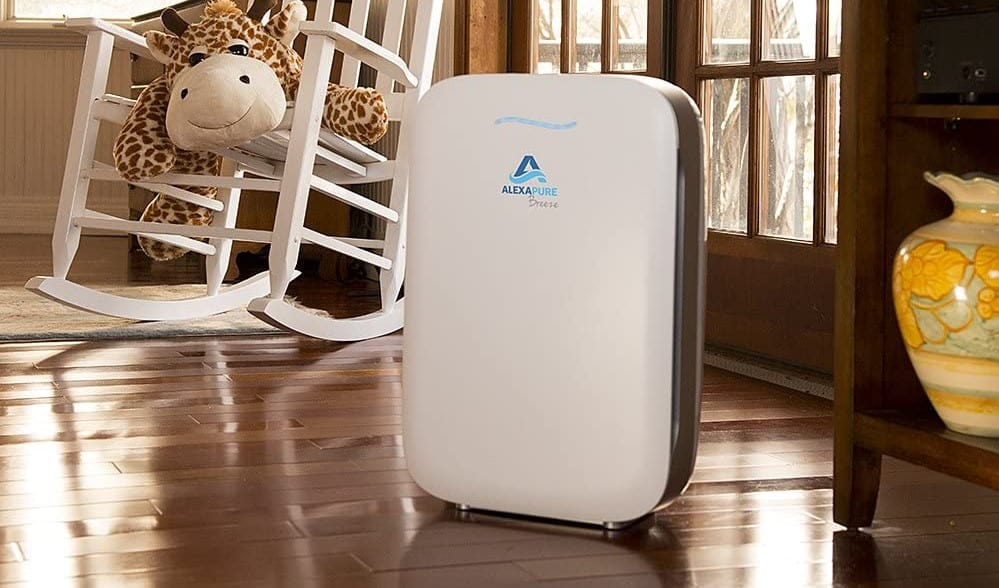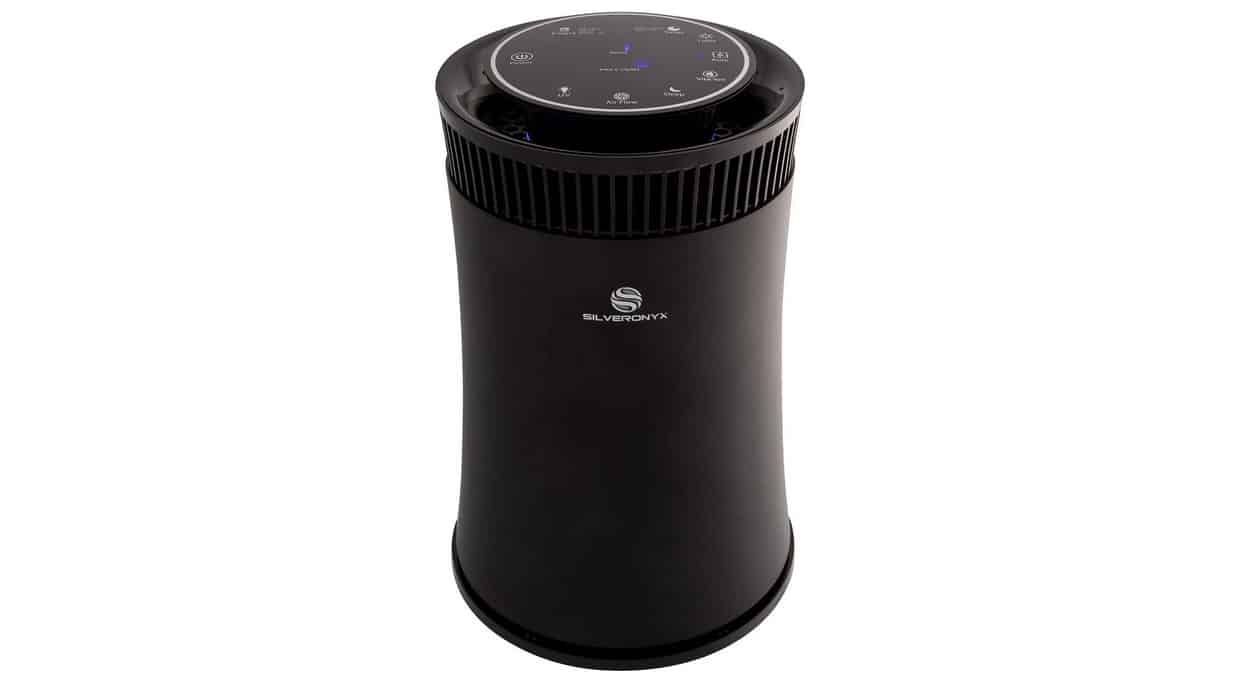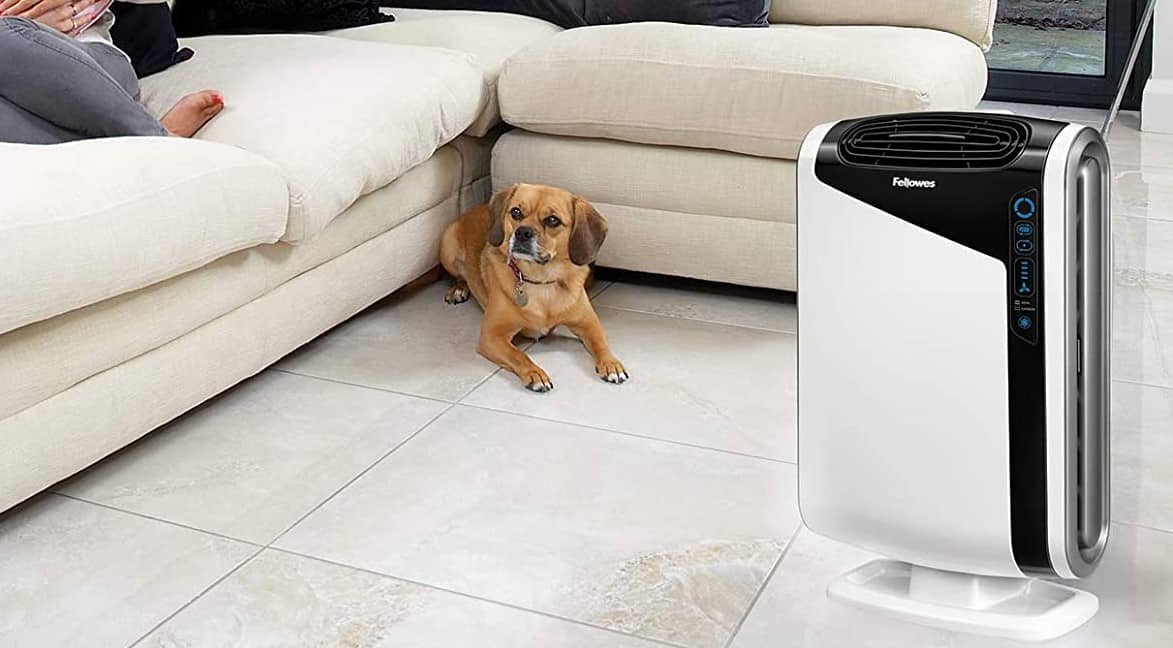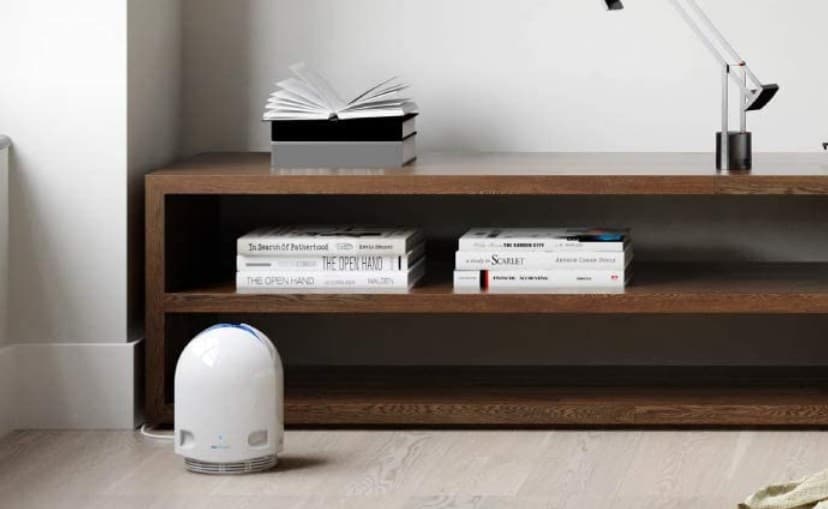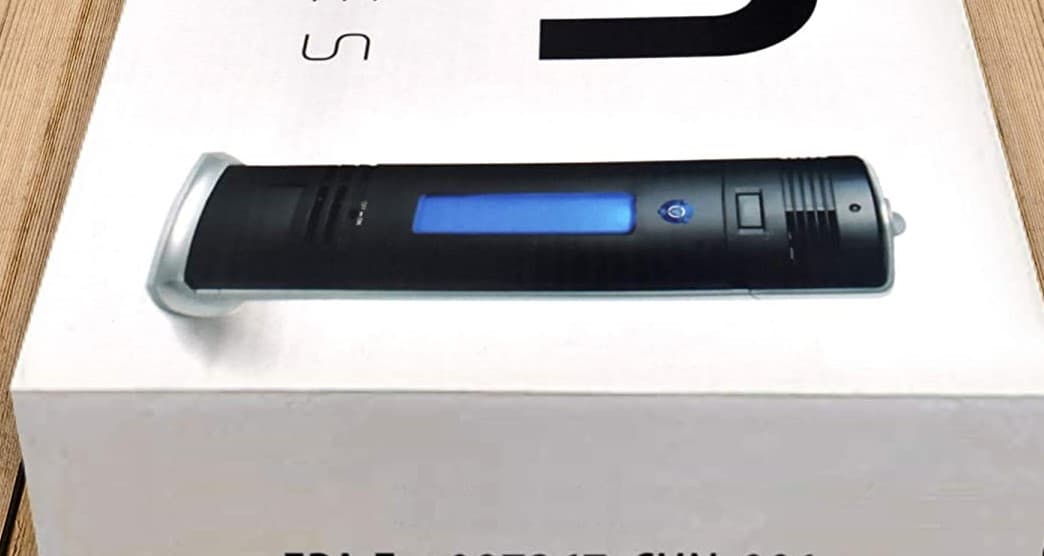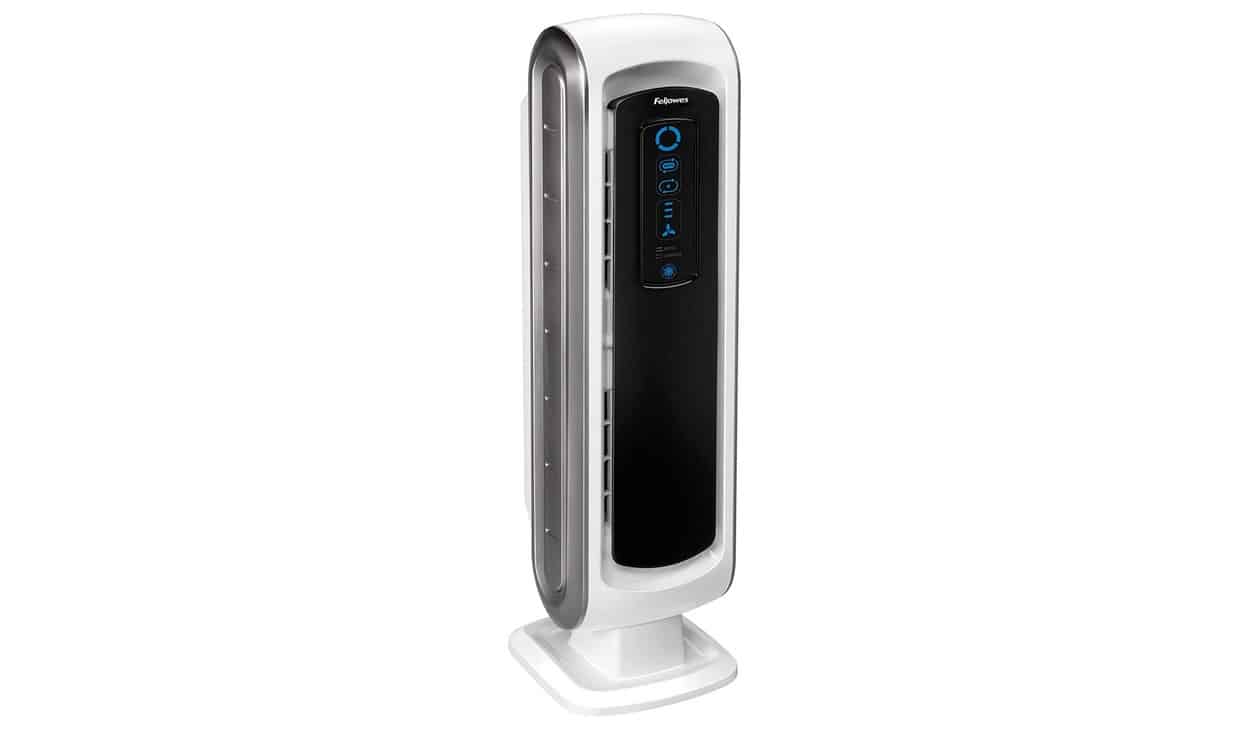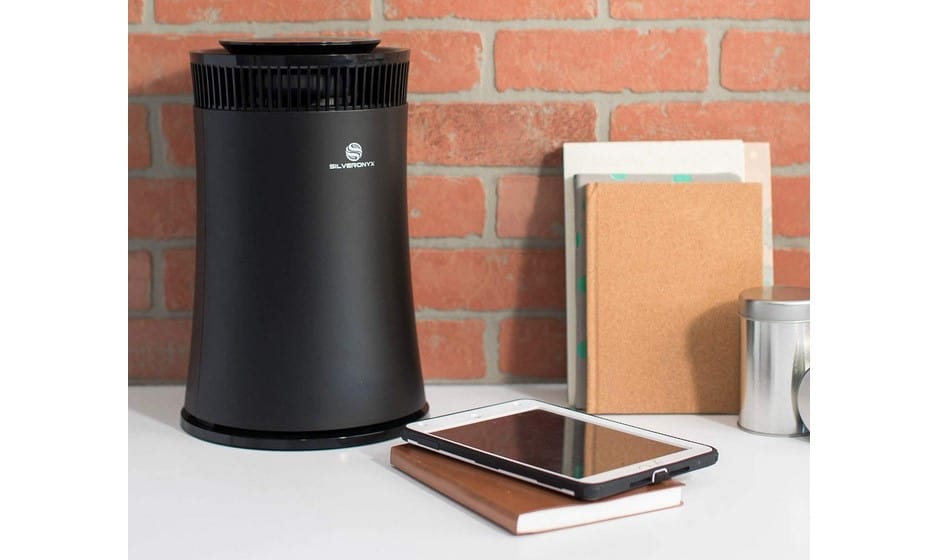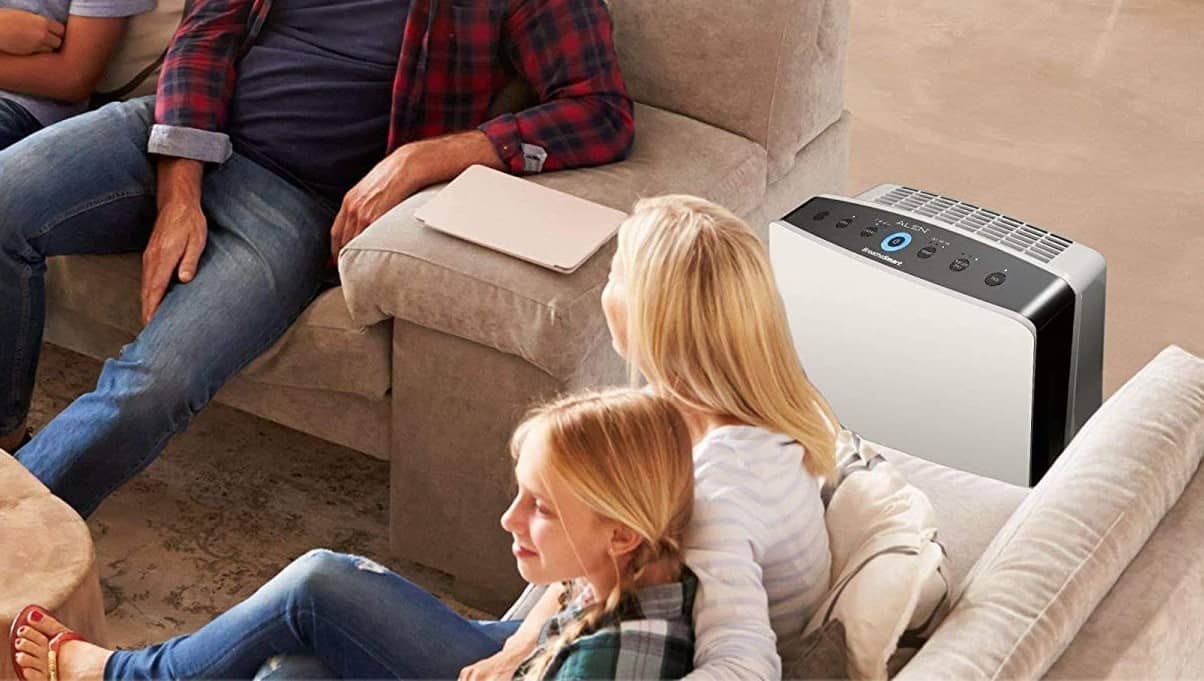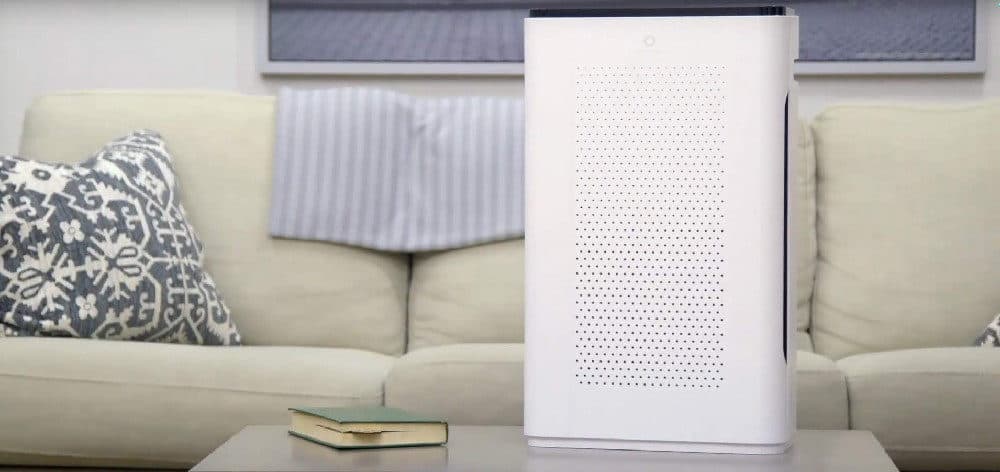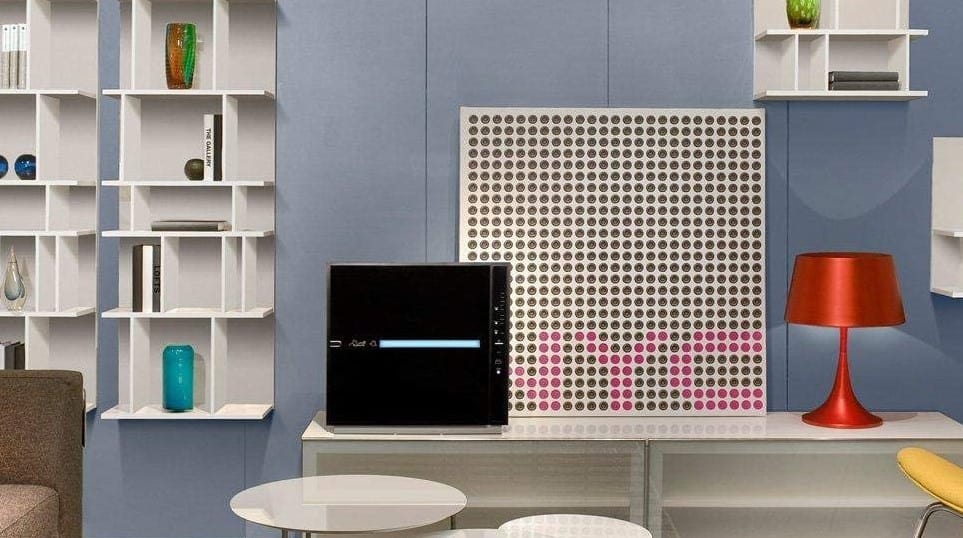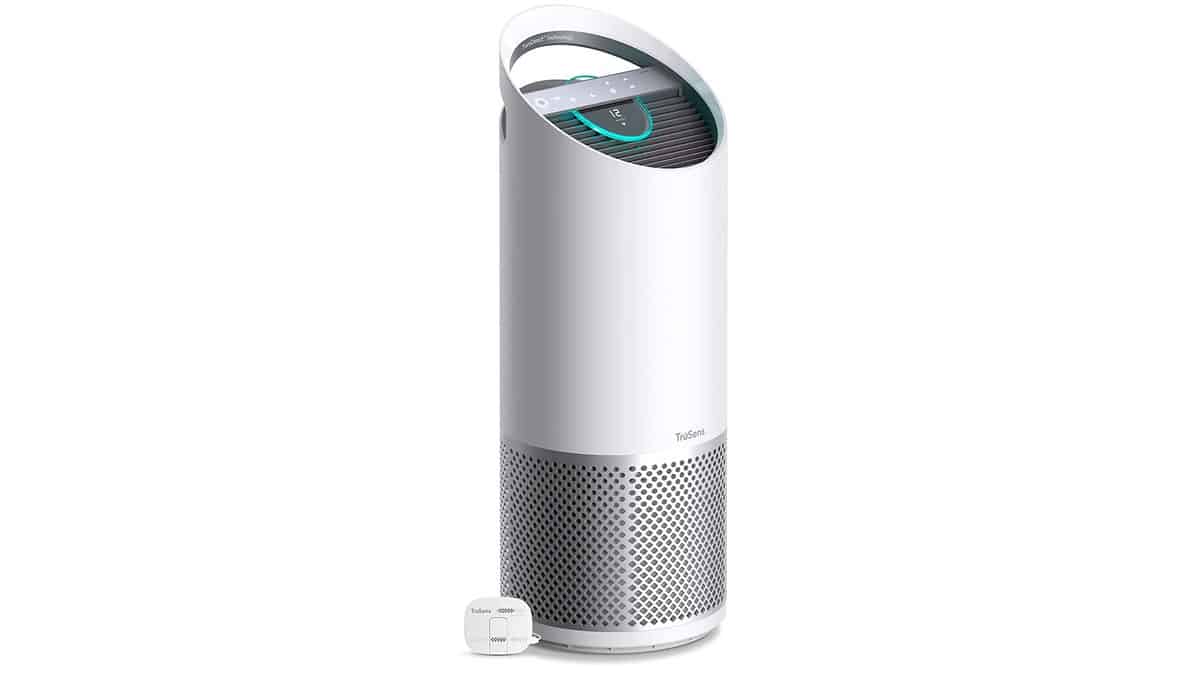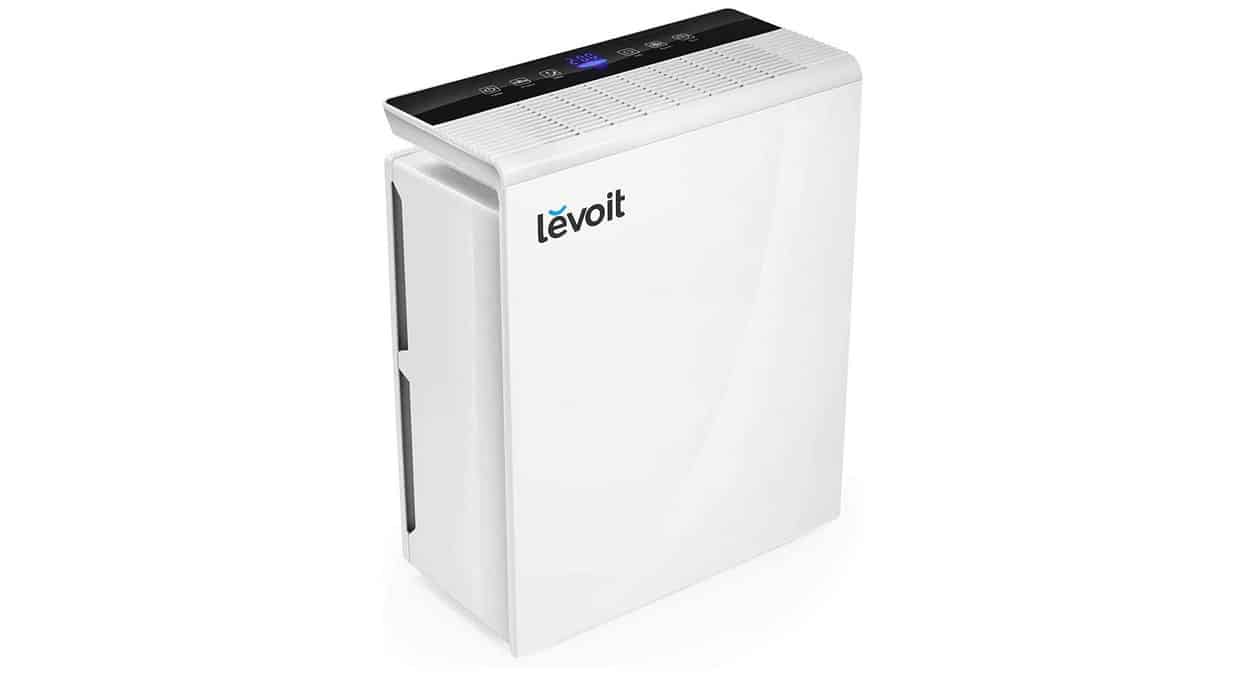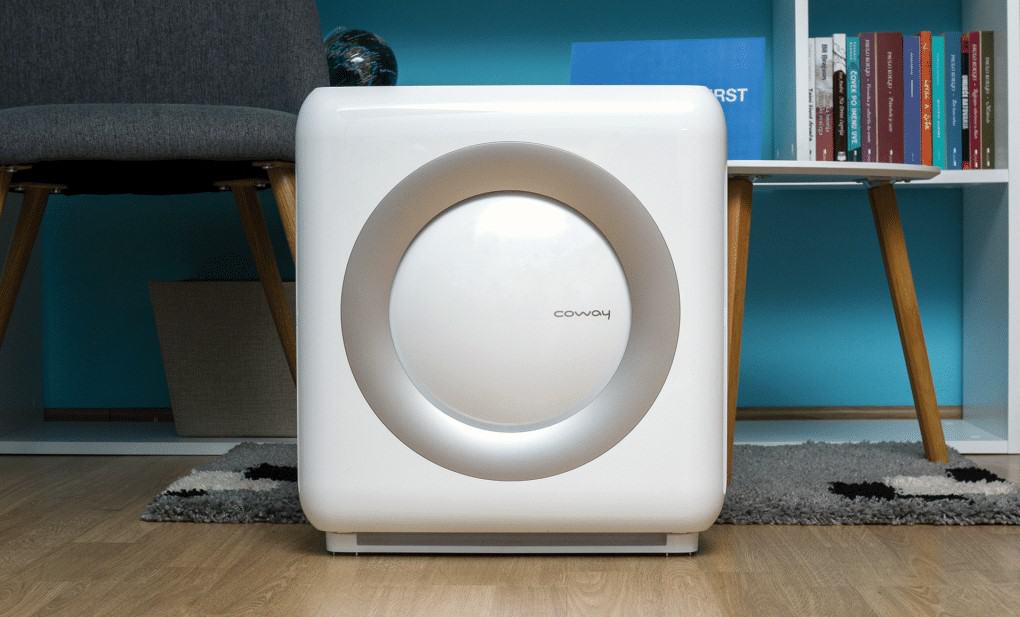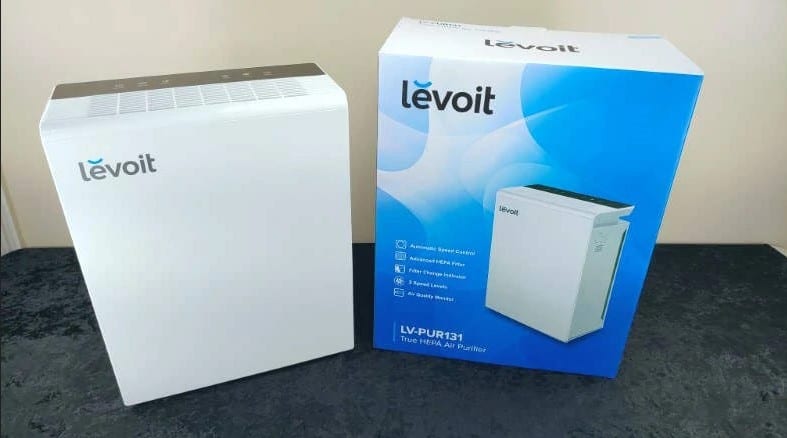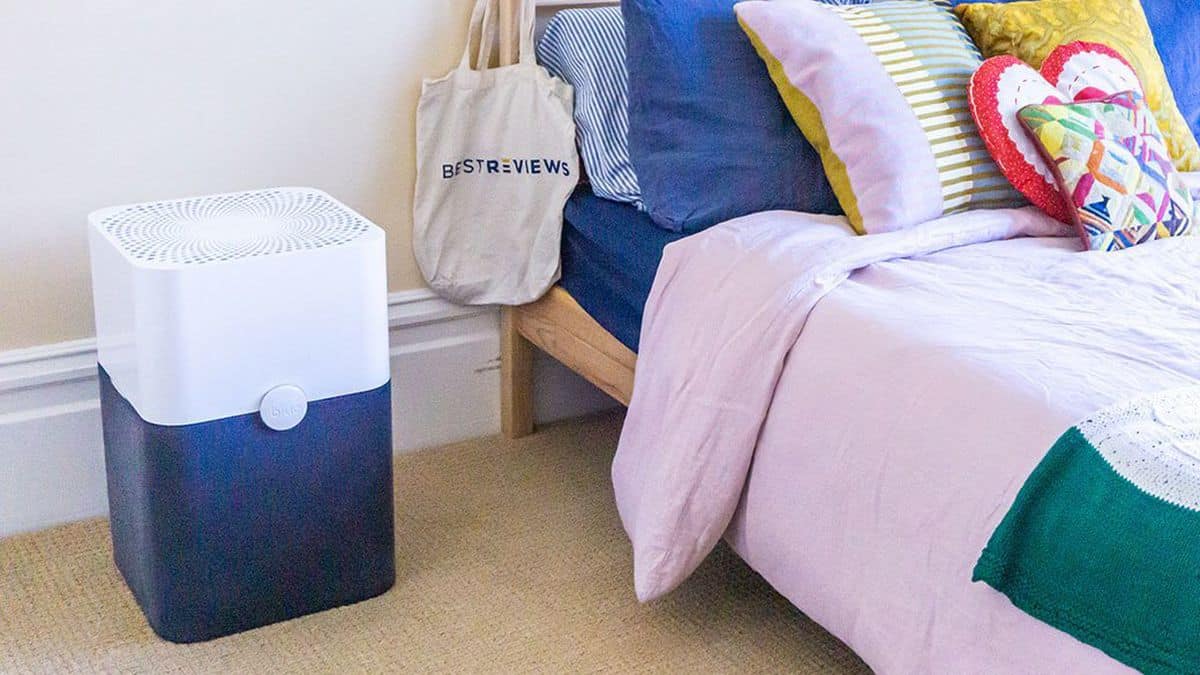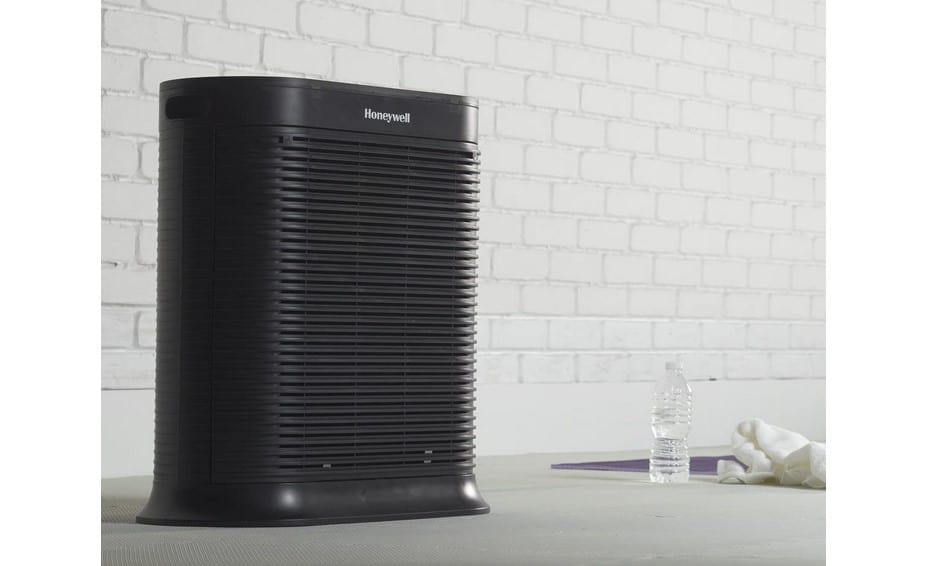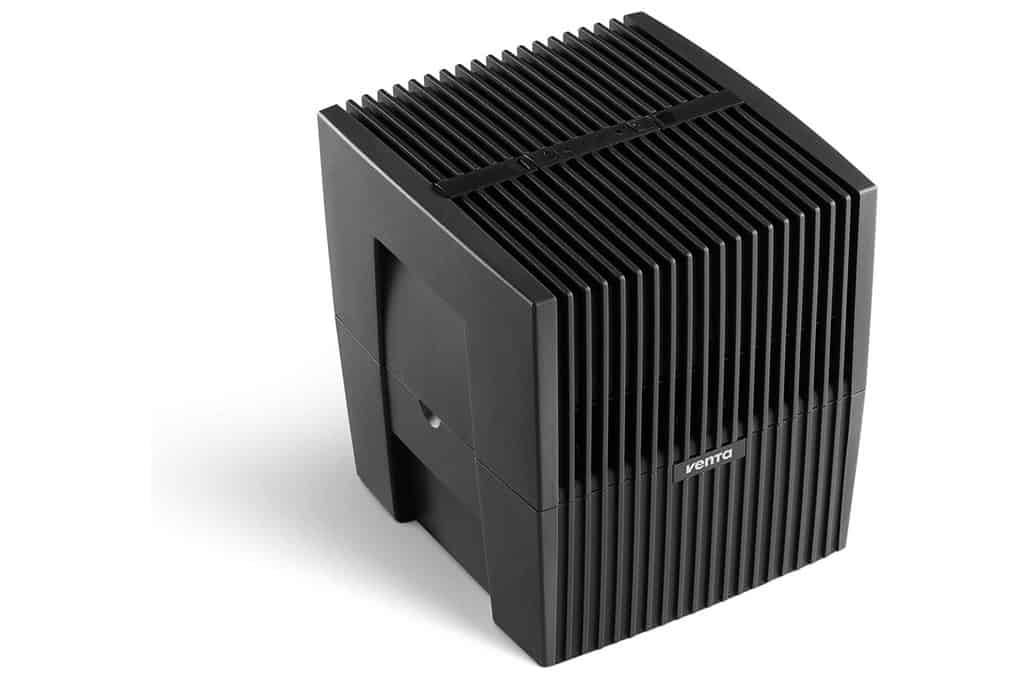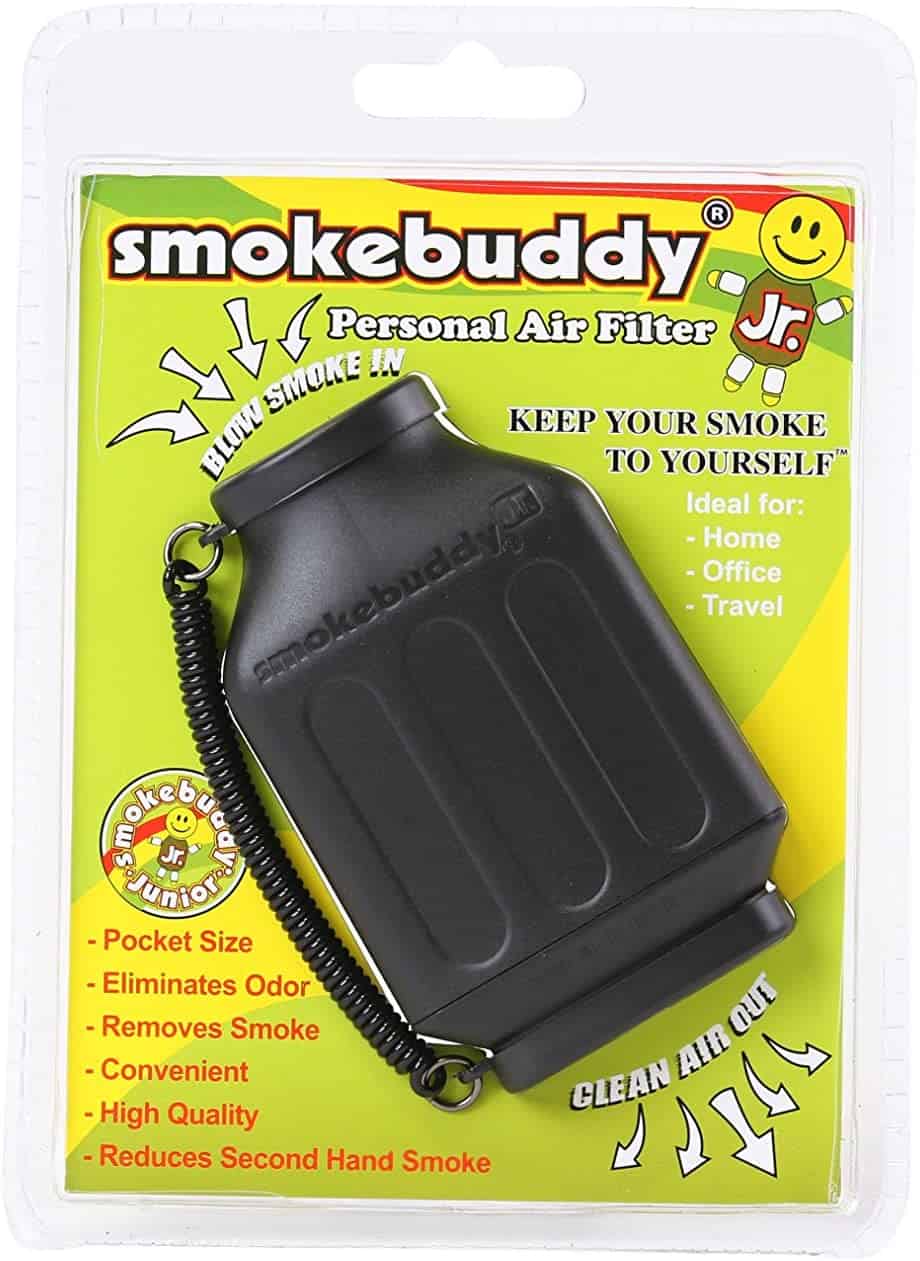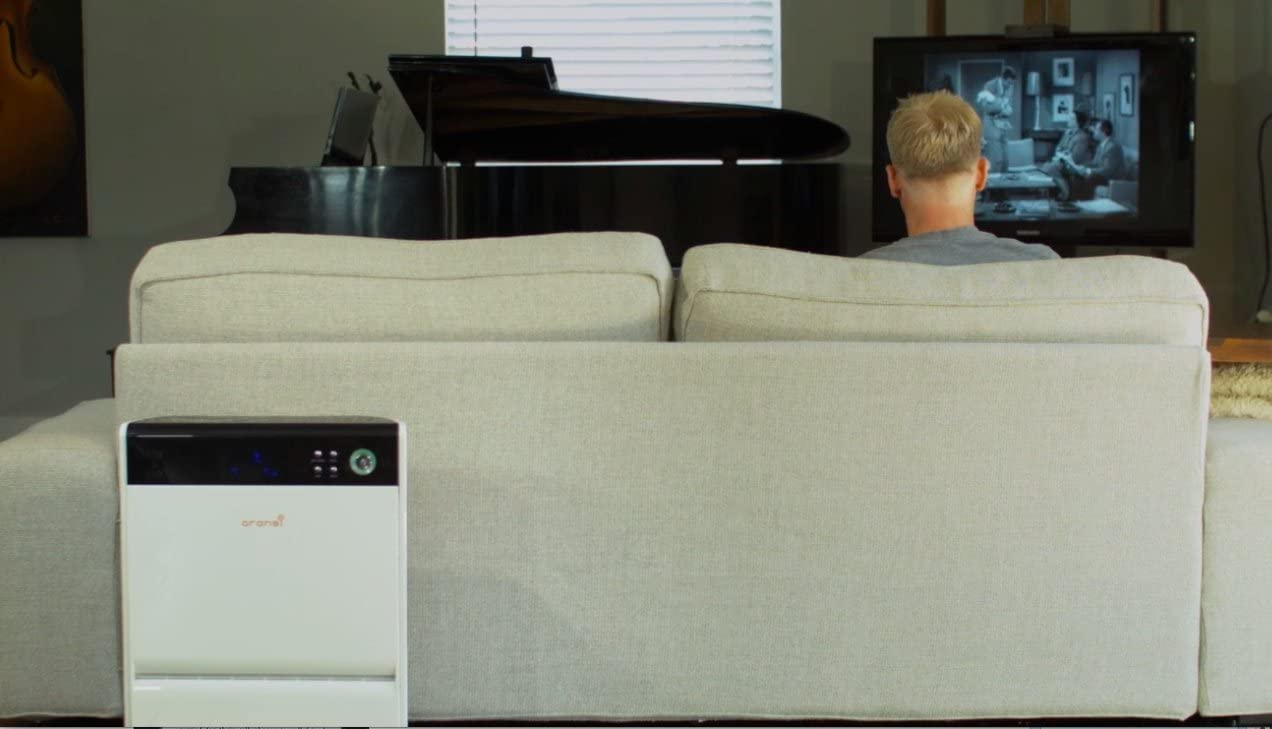Pitting a DIY air purifier vs other air purifiers is excellent for figuring out if you want to take on a little project instead of going with a store-bought model. But, keep in mind you can find some great air purifiers for under $100. Yet, finding the best air purifier can be tiresome, but with a bit of research, you’ll find your perfect match in no time.
KEY TAKEAWAYS:
- DIY air purification ranges from super easy to highly technical, and you should only take on projects that you feel comfortable completing.
- Air purification systems are notorious for allowing asthmatics and other chronic health survivors a safe place to relax with clean, breathable air.
- You should try and budget for a store-bought air purifier rather than trying to make one yourself for the best results in airflow, pollution clean-up, and more.
Comparing DIY Air Purifiers to Traditional Models
If you’re looking for an article comparing a DIY air purifier vs other air purifiers, you’re in the right place. There are a ton of different air purification systems on the market, and it’s even more of a challenge to sell an air purifier. Choosing the right one for you can be difficult, especially with special requirements like odor control. Looking into a diffuser vs an air purifier can be a massive help if that’s the case.
If you’re looking for model and make comparisons, check out the Dyson TP02 vs TP04 and a fan vs air purifier.
Insider Tip
You should always choose an air purifier that features a HEPA filter to get the full benefits that air purification brings.
What is a DIY Air Purifier?
DIY air purifiers are just homemade air-cleaning systems. These systems are small and generally not very powerful. Their effectiveness at cleaning indoor air pollution can certainly be questioned, as well. If you’re looking for a truly deep clean, check out our article on duct cleaning vs an air purifier for more info.
How to Make a Homemade Air Purifier
There are several different methods for making a homemade air purifier. Many articles and how-to videos are out there to show you the process from start to finish. You’ll want to familiarize yourself with how air filtration systems work and the environmental engineering that goes into their creation. Building an energy-efficient, properly working unit can prove difficult. Invest in high-quality materials to ensure a successful build.
Materials Required for DIY Purifier Systems
It’s not often that daily life will drive you to spend an afternoon figuring out the cubic feet of your home to determine airflow rates. That is on the agenda for DIY air purifier creation, however. You’ll need a full set of tools, a 20-inch box fan, and high-grade filters at the very least. The high-grade filters are one of the most important parts, so invest your money correctly.
What is an Air Purifier?
An air purifier is an indoor air cleaning device that helps rid your home of unwanted indoor air pollutants. This includes gaseous pollutants like ozone as well. Even low amounts of ozone can cause less than ideal conditions for your health. It can even lead to respiratory disease. Different purifiers come in different sizes. They all cover a certain amount of square feet, so be sure to check before buying.
Why Buy Indoor Air Cleaning Devices?
The environmental control measures you take inside your house are up to you. Having a system picking up airborne particles significantly improves indoor air quality, both lowering allergen levels and negating the effects of air pollution. Whether you have a whole-house system or invest in portable air purifiers, the benefits are incredible.
What to Consider Before Building
You’ll always want to look at a few things before purchasing one of these units:
- The Clean Air Delivery Rate (CADR) of the purifier you’re purchasing
- Total square feet of your house to find the right-sized model
- Type of purifier that you’re interested in buying
Warning
Some DIY projects can be substantial fire hazards, especially if there is any sort of electricity or writing involved in the process.
F.A.Q.S
How do carbon air filters trap gaseous pollutants?
Activated carbon uses adsorption to pull particles onto it. It does not absorb particles, however, and instead just keeps them stuck along its outmost layer.
What is activated carbon air filters?
Activated carbon filters are a filter technology used primarily to get rid of scents. A charcoal filter is the same product. They’re particularly good at clearing out smoke particles.
What are other ways I can improve the air quality in my home?
Here are a few ways to improve air quality:
- Make sure your purifiers can handle the square feet of your house
- Keep up on filter replacement everywhere, including vacuum cleaners
- Consider having a whole-house system for purification installed
What is activated carbon good at?
Activated carbon is fantastic for cleaning up foul odors and particulate matter in the air, as well as a few other functions. A charcoal filter uses activated carbon.
STAT: Research shows HEPA filters to be standardized at a minimum 99.97% efficiency rating when filtering particles 0.3 micrometers (μm or larger in diameter. (source)

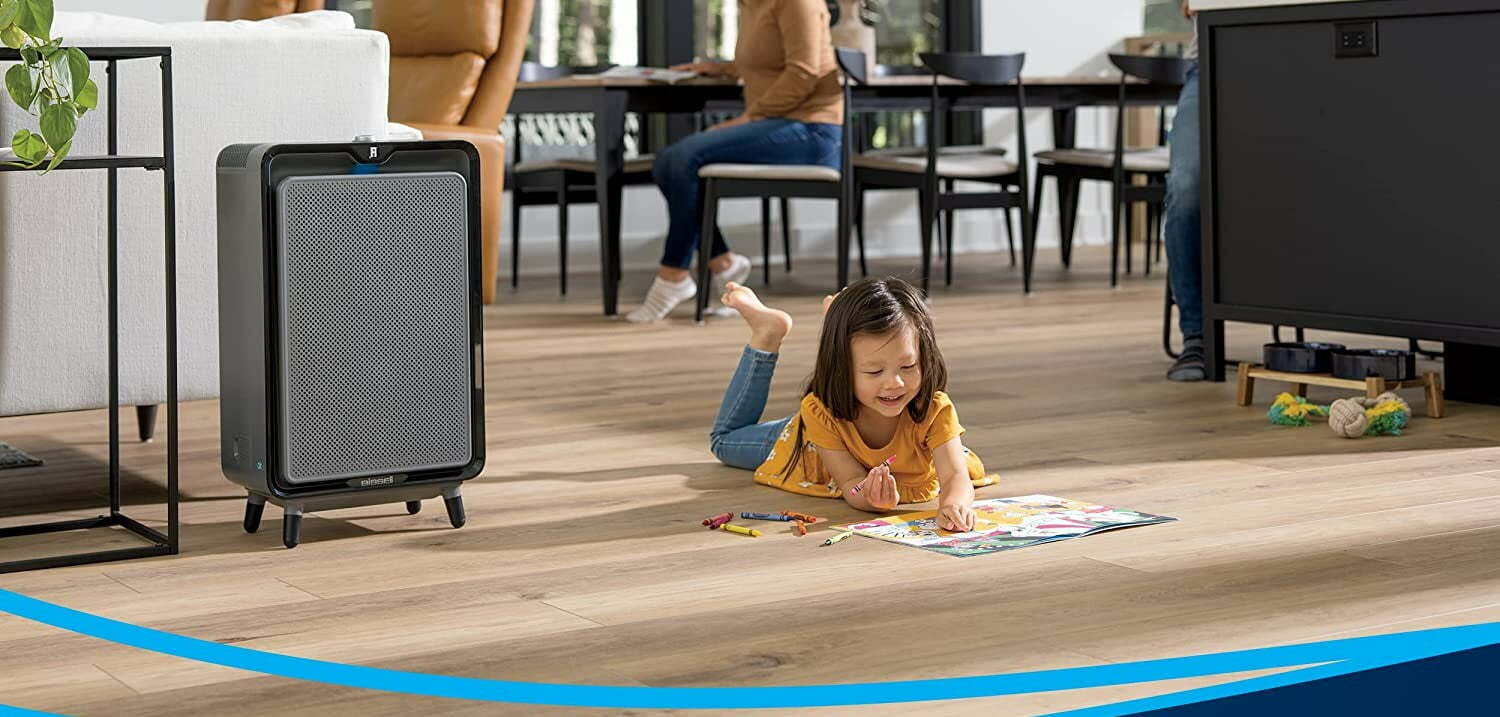













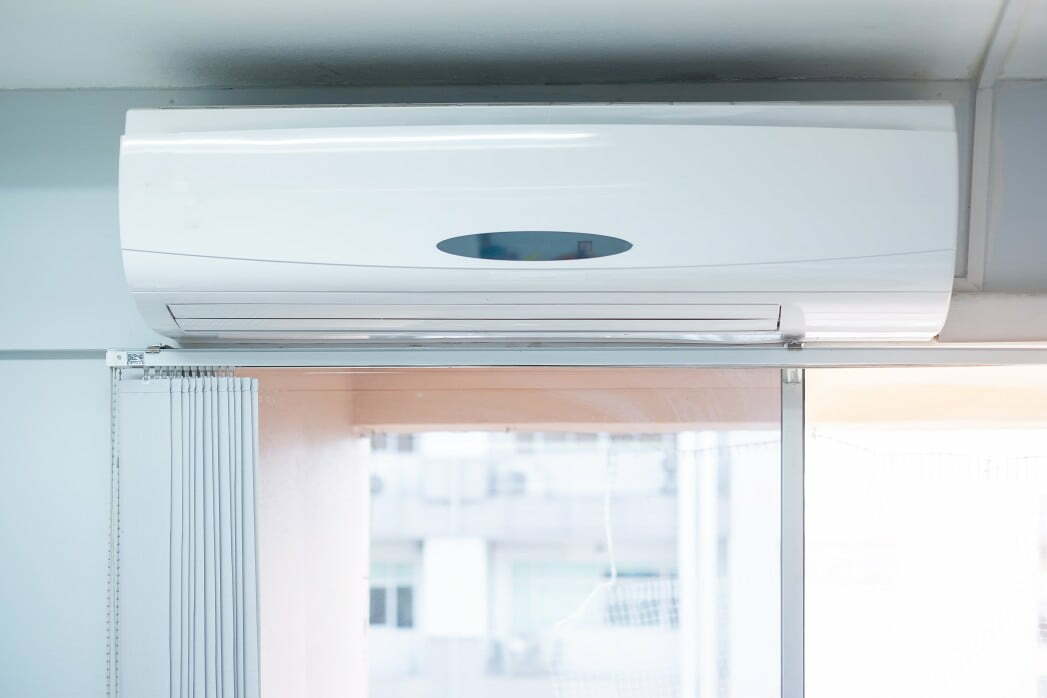
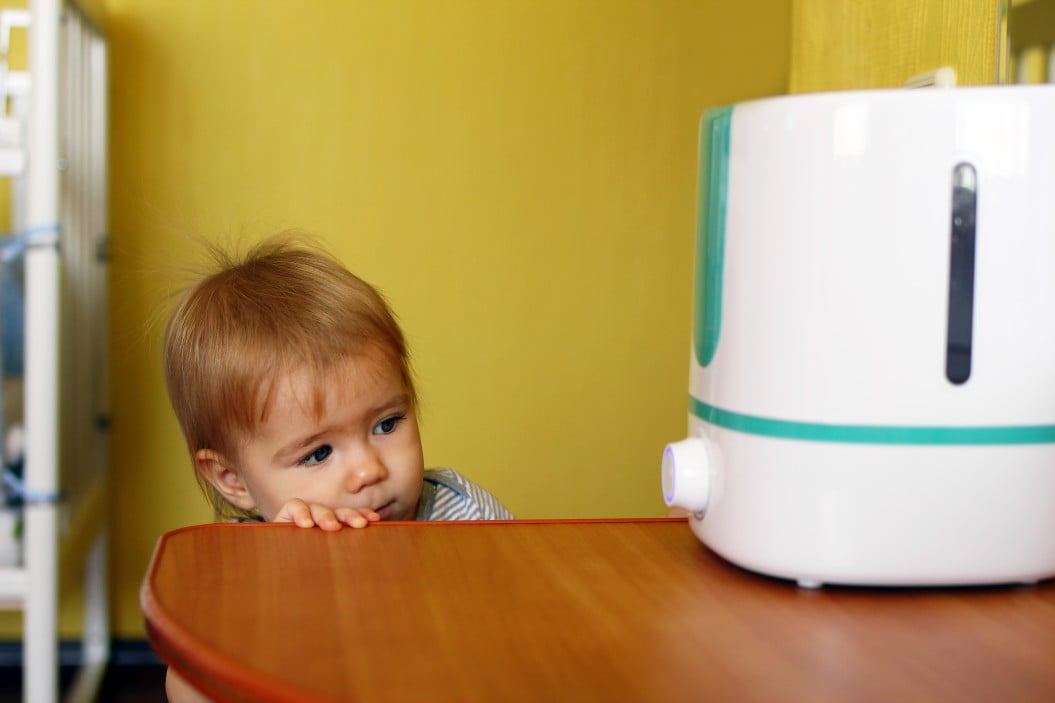
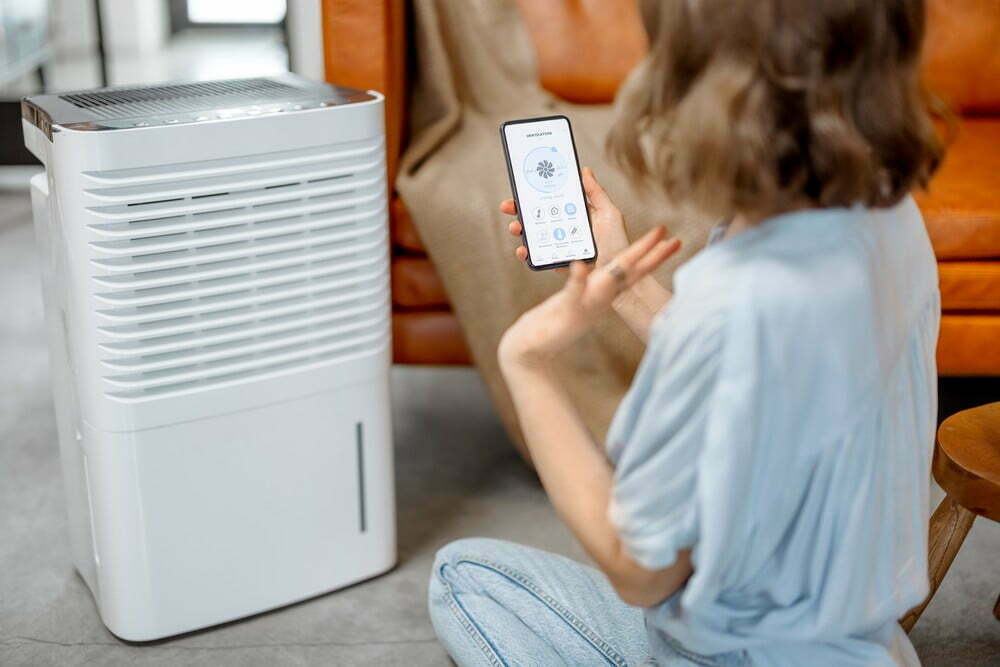
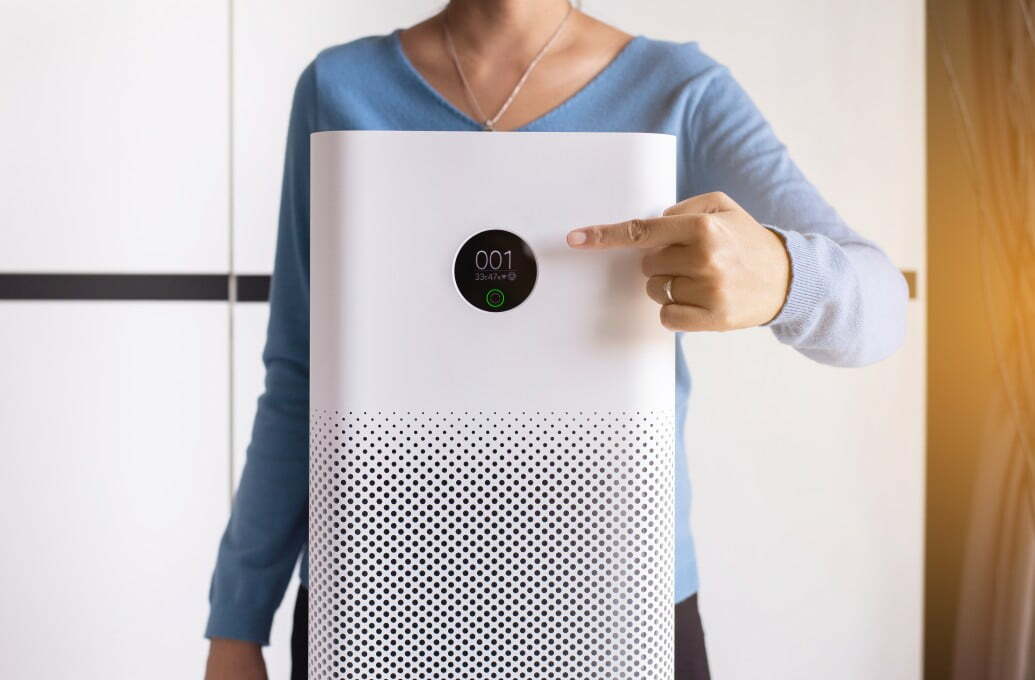
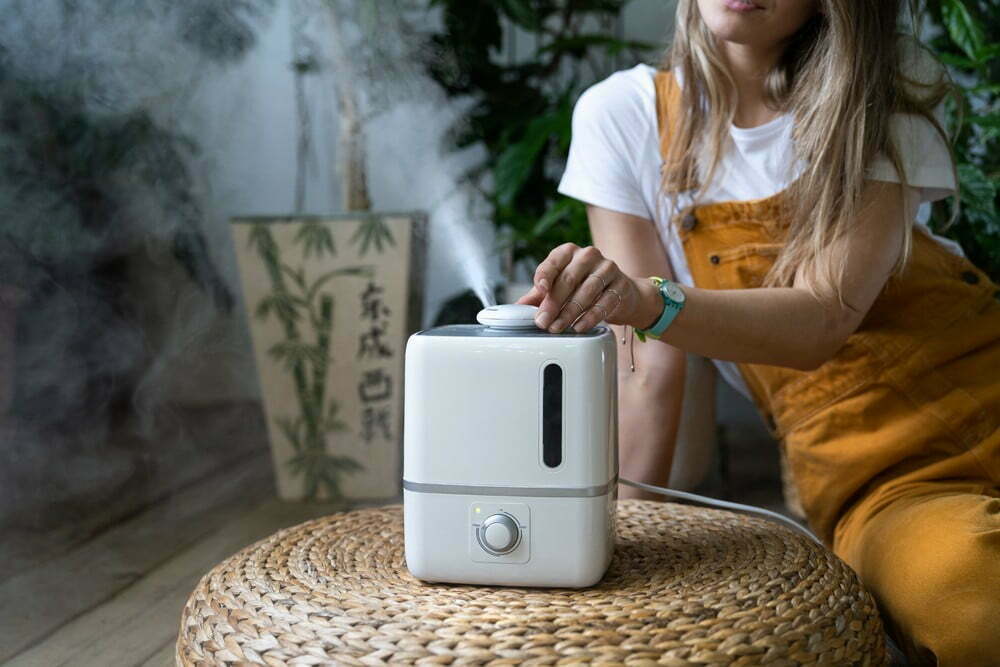
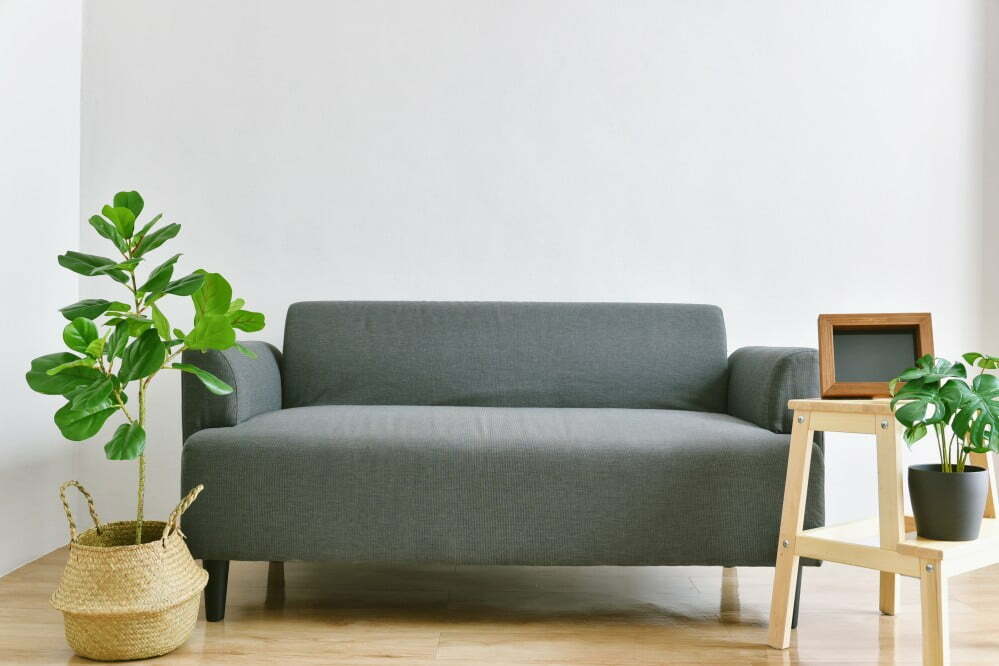

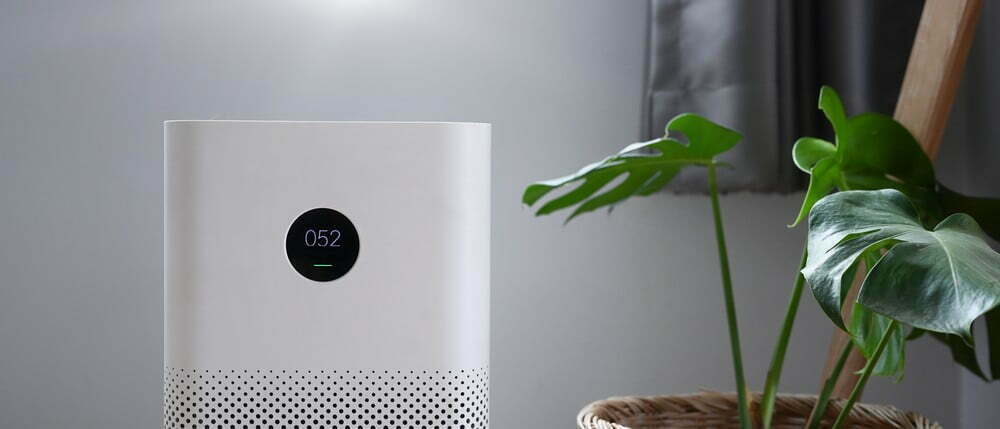
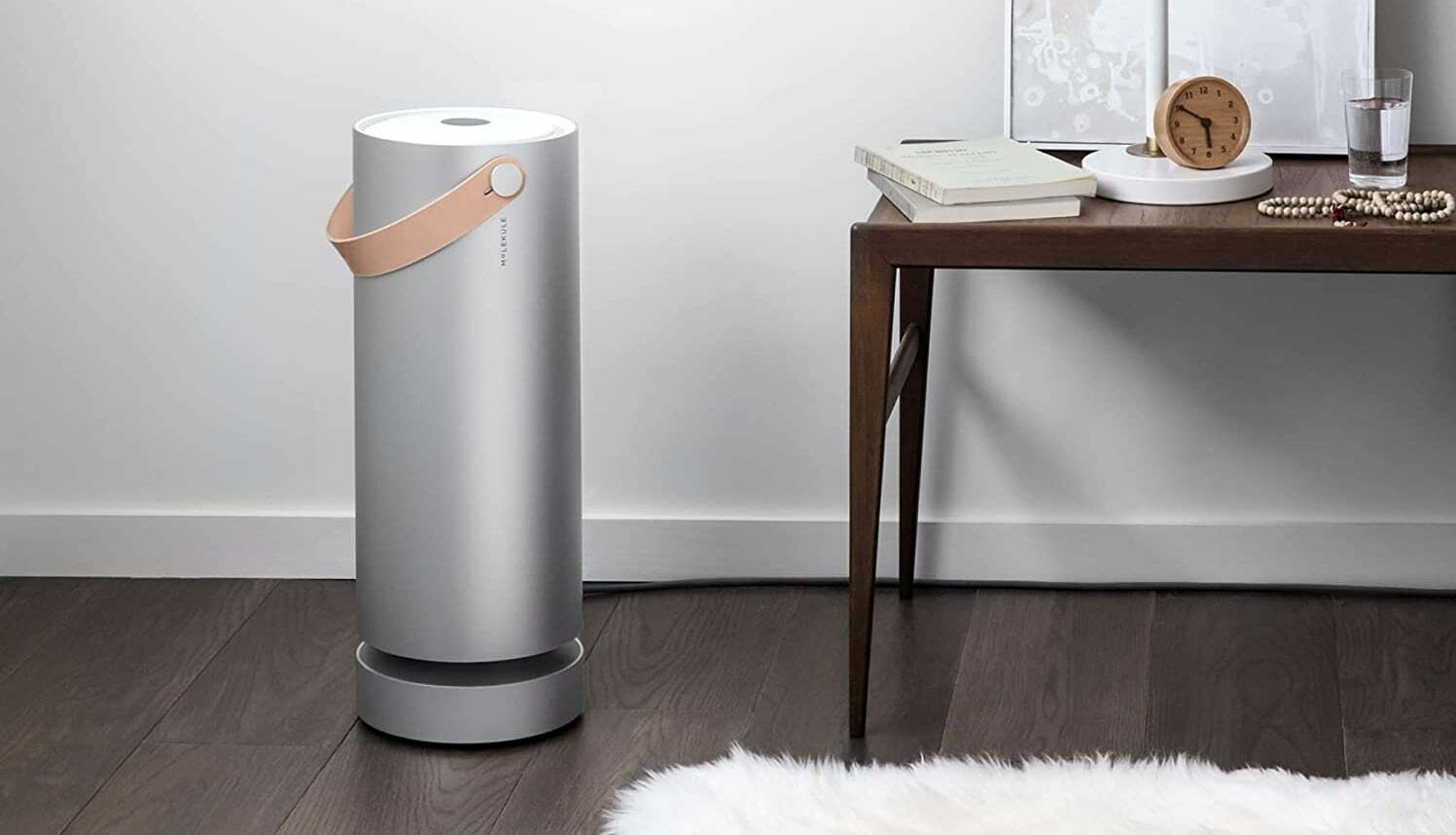
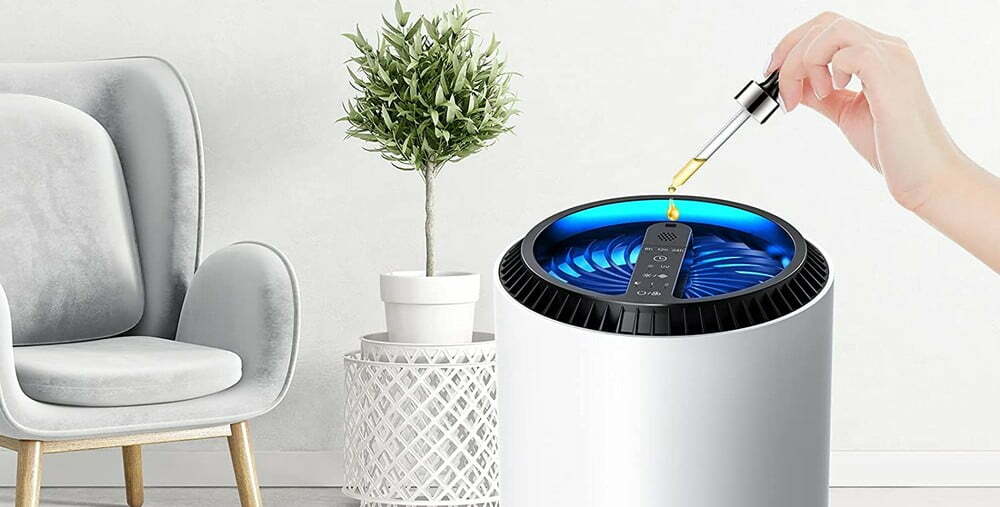
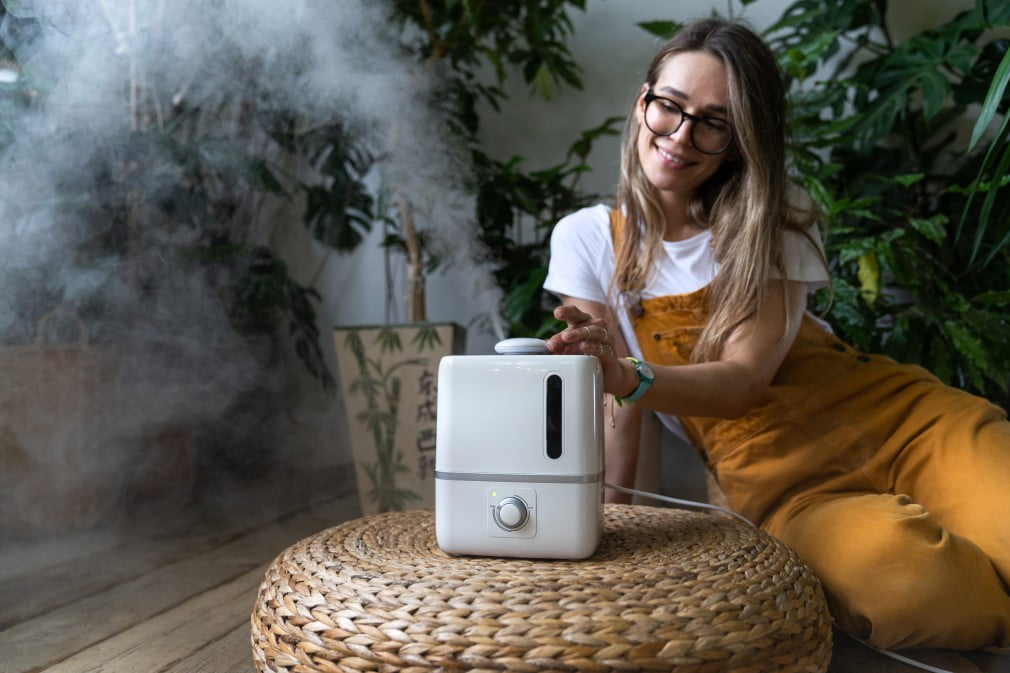
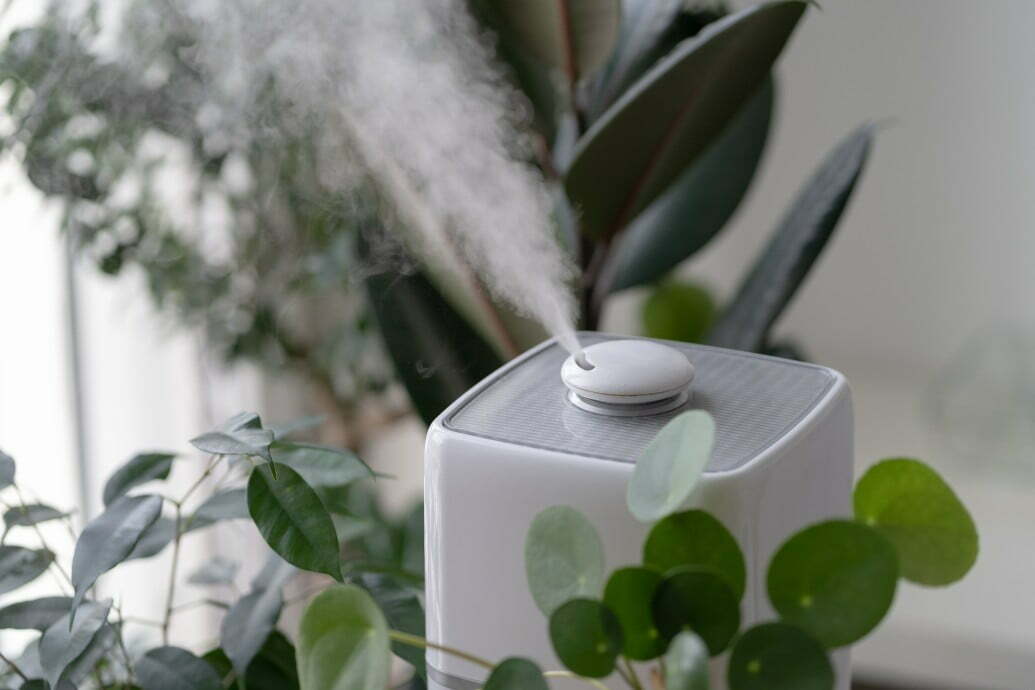
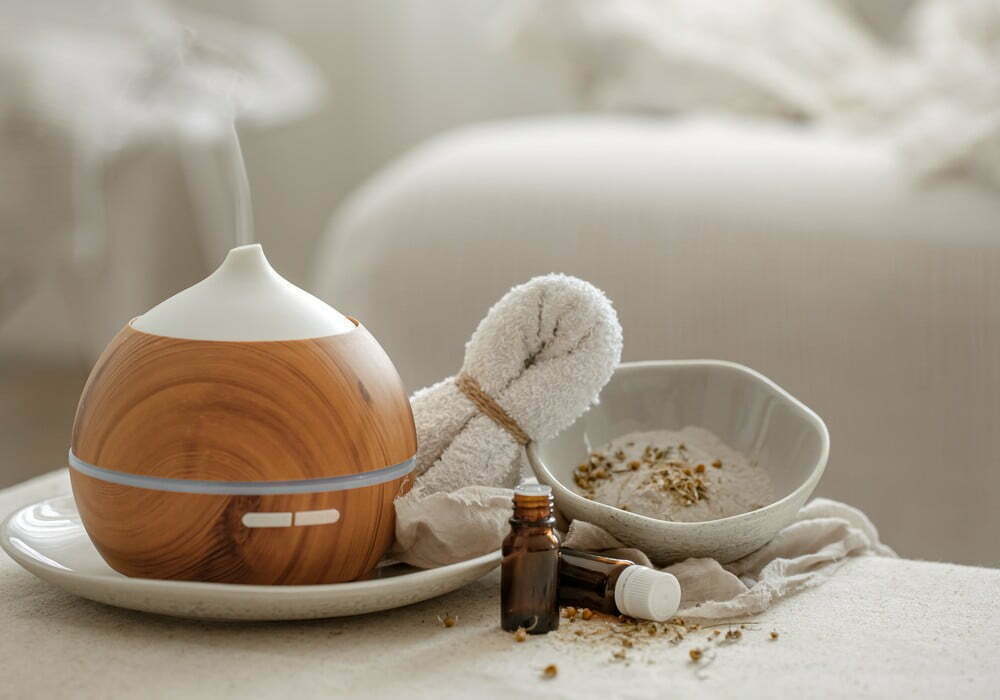
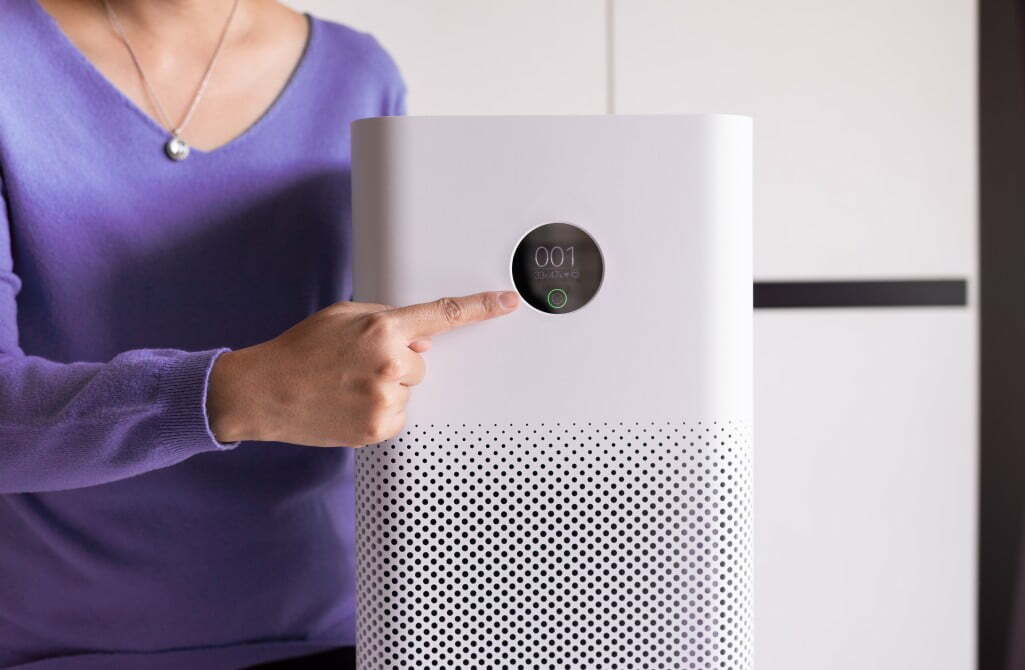
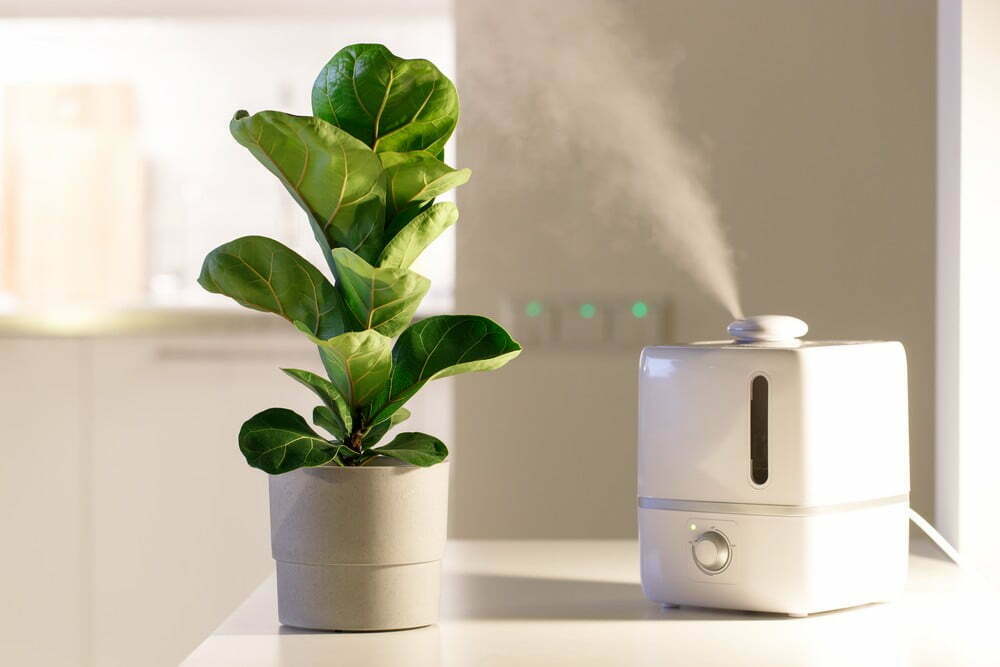
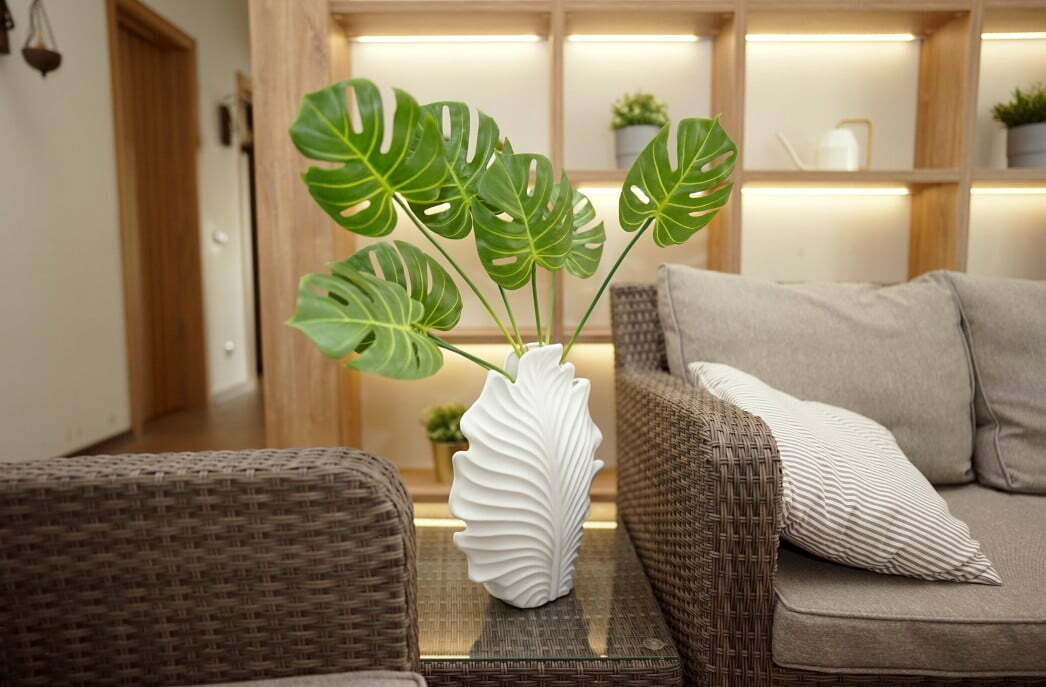
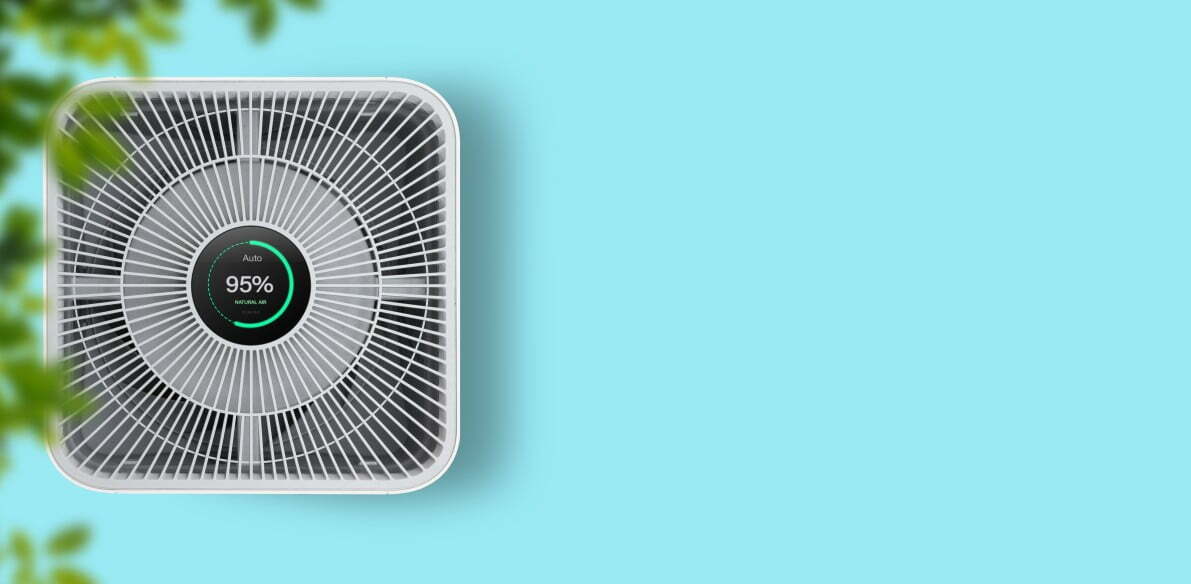
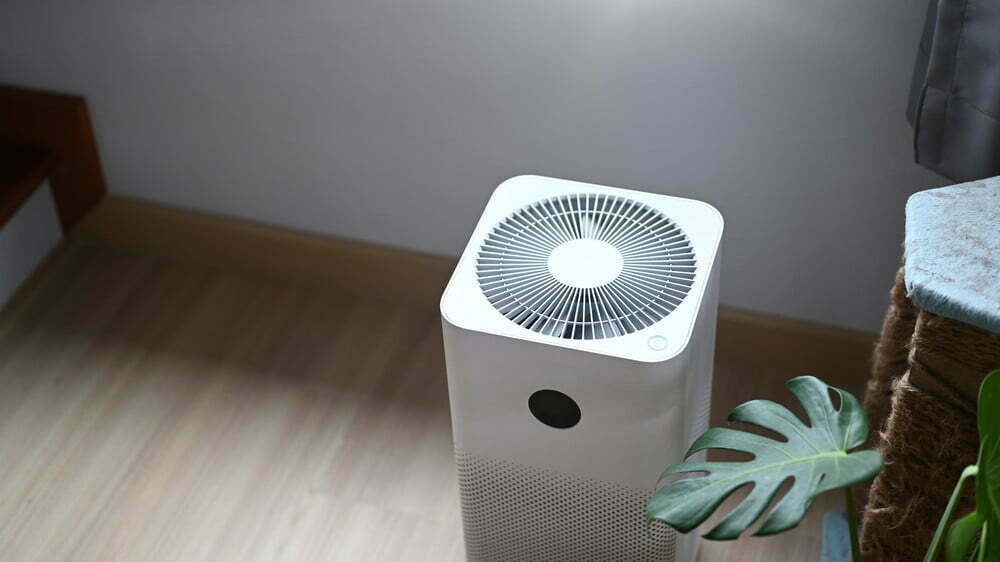
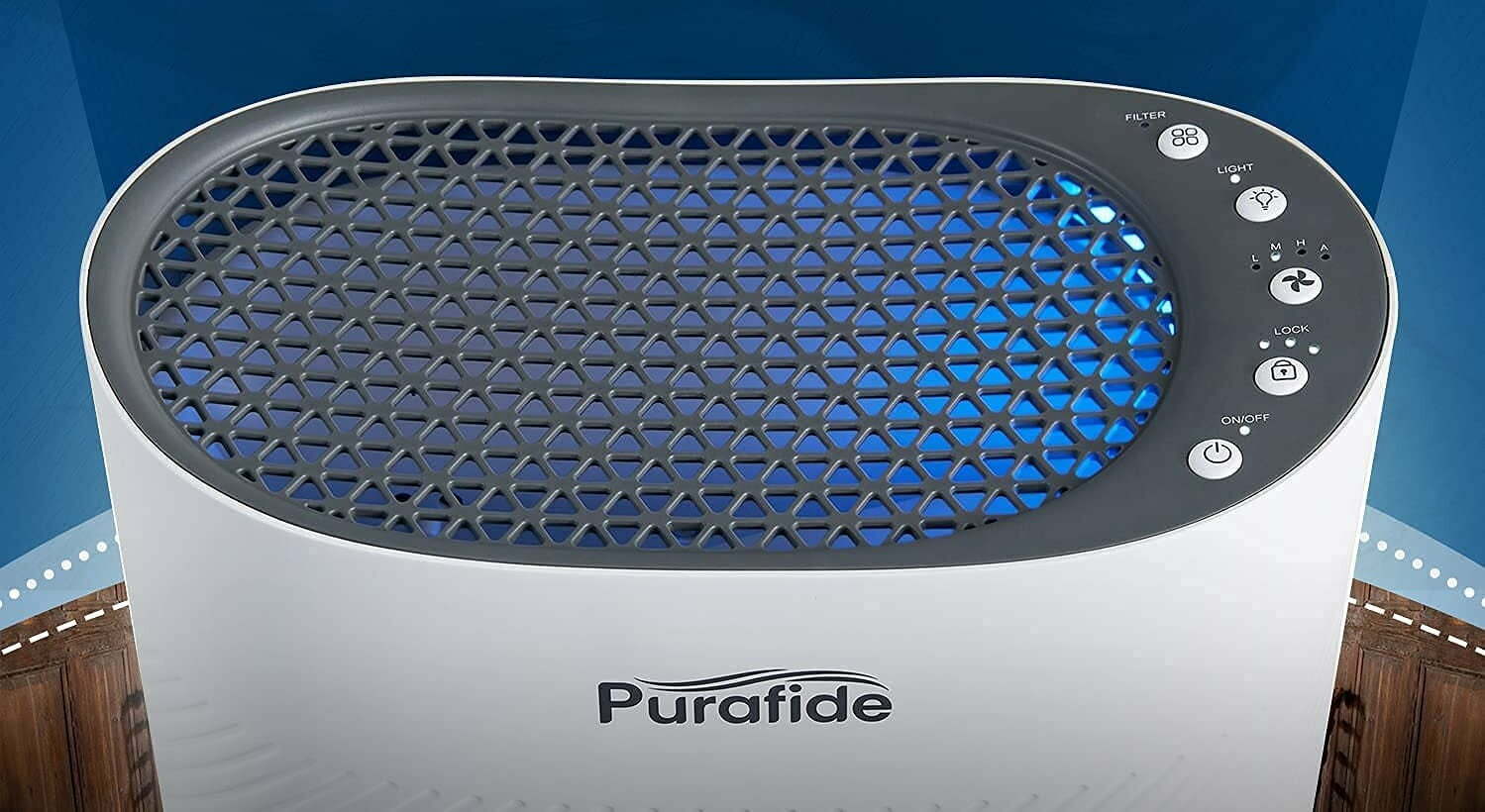
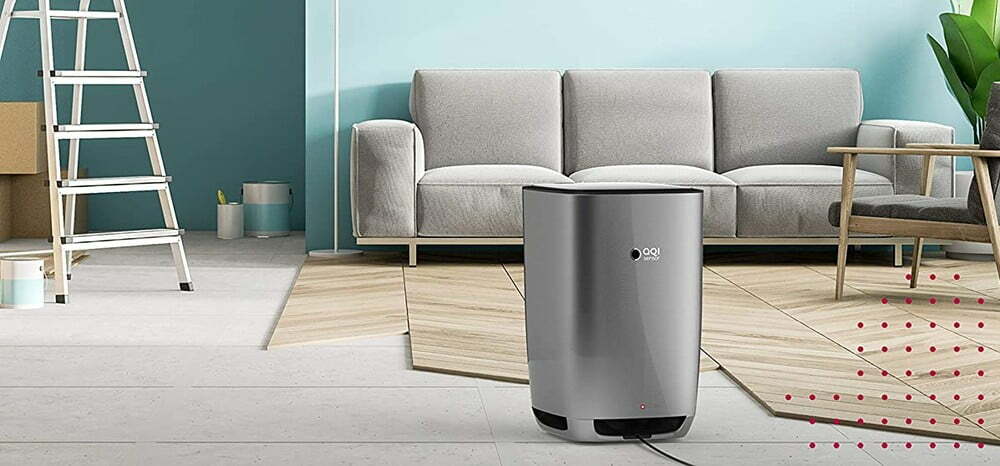
![Best Air Purifiers for VOCs and Formaldehyde in [year] 27 Best Air Purifiers for VOCs and Formaldehyde in 2026](https://www.gadgetreview.dev/wp-content/uploads/best-air-purifier-for-vocs-and-formaldehyde-image.jpg)
![Best Air Purifier in [year] ([month] Reviews) 28 Best Air Purifier in 2026 (January Reviews)](https://www.gadgetreview.dev/wp-content/uploads/Honeywell-True-HEPA-Allergen-Remover-HPA300-e1475603569442.jpg)
![Best Air Purifiers for Dust in [year] 29 Best Air Purifiers for Dust in 2026](https://www.gadgetreview.dev/wp-content/uploads/best-air-purifier-for-dust-image.jpg)
![Best Honeywell Air Purifiers in [year] 30 Best Honeywell Air Purifiers in 2026](https://www.gadgetreview.dev/wp-content/uploads/best-honeywell-air-purifier-image.jpg)
![Best Germicidal Air Purifiers in [year] 31 Best Germicidal Air Purifiers in 2026](https://www.gadgetreview.dev/wp-content/uploads/best-germicidal-air-purifier-image.jpg)
![Best Filterless Air Purifiers in [year] 32 Best Filterless Air Purifiers in 2026](https://www.gadgetreview.dev/wp-content/uploads/best-filterless-air-purifier-image.jpg)
![Best Levoit Air Purifiers in [year] 33 Best Levoit Air Purifiers in 2026](https://www.gadgetreview.dev/wp-content/uploads/best-levoit-air-purifier-image.jpg)
![Best Air Purifiers for Smoking Weed in [year] 34 Best Air Purifiers for Smoking Weed in 2026](https://www.gadgetreview.dev/wp-content/uploads/best-air-purifier-for-smoking-weed-image.jpg)
![Best Quiet Air Purifiers in [year] 35 Best Quiet Air Purifiers in 2026](https://www.gadgetreview.dev/wp-content/uploads/best-quiet-air-purifier-image.jpg)
![Best Desktop Air Purifiers in [year] 36 Best Desktop Air Purifiers in 2026](https://www.gadgetreview.dev/wp-content/uploads/best-desktop-air-purifier.jpg)
![Best Dyson Air Purifiers in [year] 37 Best Dyson Air Purifiers in 2026](https://www.gadgetreview.dev/wp-content/uploads/best-dyson-air-purifier.jpg)
![Best Air Purifiers for Dorm Room in [year] 38 Best Air Purifiers for Dorm Room in 2026](https://www.gadgetreview.dev/wp-content/uploads/air-purifier-for-dorm-room-1.jpg)
![Best Air Purifiers for Office in [year] 39 Best Air Purifiers for Office in 2026](https://www.gadgetreview.dev/wp-content/uploads/best-air-purifier-for-office.jpg)
![Best Air Purifiers for Basement in [year] 40 Best Air Purifiers for Basement in 2026](https://www.gadgetreview.dev/wp-content/uploads/best-air-purifier-for-basement.jpg)
![Best Air Purifiers For Odor in [year] 41 Best Air Purifiers For Odor in 2026](https://www.gadgetreview.dev/wp-content/uploads/best-air-purifier-odor.jpg)
![10 Best Personal Air Purifiers in [year] 42 10 Best Personal Air Purifiers in 2026](https://www.gadgetreview.dev/wp-content/uploads/best-personal-air-purifiers.jpg)
![10 Best Plug In Air Purifiers in [year] 43 10 Best Plug In Air Purifiers in 2026](https://www.gadgetreview.dev/wp-content/uploads/best-plug-in-air-purifier-image.jpg)
![10 Best Whole House Air Purifiers in [year] 44 10 Best Whole House Air Purifiers in 2026](https://www.gadgetreview.dev/wp-content/uploads/best-whole-house-air-purifier-image.jpg)
![10 Best Large Room Air Purifiers in [year] 45 10 Best Large Room Air Purifiers in 2026](https://www.gadgetreview.dev/wp-content/uploads/Coway-Airmega-200M-Large-Room-Air-Purifier-900x900-1.png)
![10 Best UV Air Purifiers in [year] 46 10 Best UV Air Purifiers in 2026](https://www.gadgetreview.dev/wp-content/uploads/best-uv-air-purifier.jpg)
